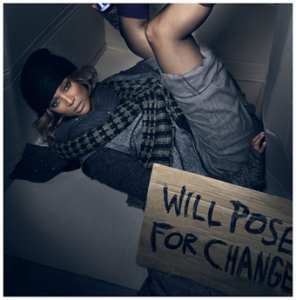My idea for the campus history project centers around making the campus history accessible to everyone and also forcing us to reflect upon how we use our spaces currently. I propose to make the entire campus an exhibit. Instead of having an exhibit in the library that nobody will visit, I want the exhibit to be available to students, faculty, staff, and other community members as they go about their daily lives. That means that means that there will not be any special access to spaces allowed during the exhibit. For example, dorms will not be open for faculty members, and students who don’t usually go to the back of the dining hall kitchens will not be allowed there. This exhibit is meant to be for the people who already inhabit these spaces. This means that community members must evaluate why they or others do or do not have access to certain spaces, and what that means for the community. For example, what does it mean that there are certain spaces that are not accessible to students in wheelchairs? Exhibits that are not in accessible locations will be marked as such.
As for what will be included in the exhibit, I want to have profiles of 10 or so community members, past or present. Each profile will follow where the community member spent their time, with objects and writings. People participating in the exhibit will have the option of following one profile at a time, of course only accessing spaces they already have access to, or choosing their own path. It would hopefully be engaging to choose your own path, or just go about your day normally, and see what histories you encounter.
I do not have anyone specific in mind, and I don’t think this exhibit needs to be about anyone who made extraordinary accomplishments. I believe that everyone has a story that is interesting enough to be told, and so we do not need to focus on who was the first or who did it best. I think that brings two benefits. The first being that we will be able to hear stories that we don’t normally hear about. The second being that I’m hoping this exhibit will inspire students and other community members to donate their belongings, whatever is wanted, to Special Collections. By seeing the exhibit of normal yet extraordinary people, others will hopefully think that they too can donate what they have, because they are also important. This exhibit is for, first and foremost, for community members. For them to learn a bit of their past, and the history of the institution, but also to feel empowered to contribute to that history themselves. And for them to know that they are already contributing to that history, but just need to document it!



